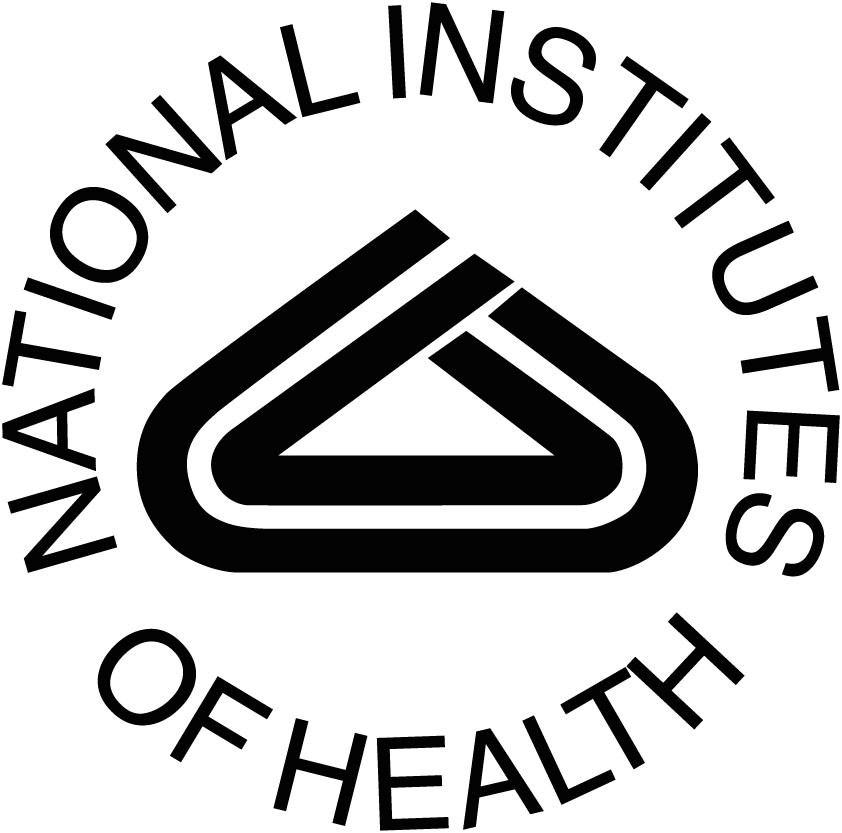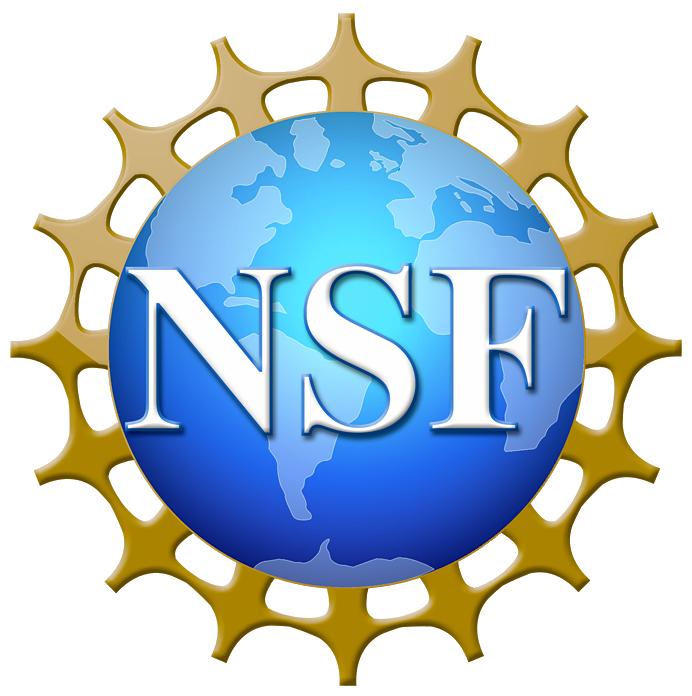BD2K2U2B
NIH recently announced a BD2K initiative. A number of new centers were funded. I am honored to be included on the roster of one. Is it progress? Yes absolutely. Is it the end point? I don’t think so.
In our COMPUTATIONAL BRIDGE TO EXPERIMENTS initiative we argued for a longer term view on Computational Thinking about Biology.
There are two relevant quotes
“The key to good decision making is not knowledge. It is understanding. We are swimming in the former. We are desperately lacking in the latter.”
― Malcolm Gladwell,
“Any fool can know. The point is to understand.” Albert Einstein
These are perhaps taken out of context and a bit extreme but certainly do not lack credibility…
However, these quotes do suggest that we should stop thinking about computer science and computational biology just as a signal/text processing field supporting the Data to Knowledge Transformation.
We need to start thinking about computational biology or genomic systems biology as a closed loop (BD2K2U2B):
Biological Data -> Knowledge -> Understanding -> Biology -> Biological Data -> ….
If you are a biomedical engineer or a synthetic biologist you probably would argue that in order to really understand something one needs to be able to build it (2B could mean to Build) or at least be able to reprogram it (e.g., work by a joint PhD student Esther Rheinbay with Mario Suva in Brad Bernstein’s, lab Mario Suva and Esther Rheinbay et al). This independent perspective from George Church is also useful.
However, some scientists or philosophers of science would argue that understanding is equal to the ability to ask good questions. For a full perspective on this concept see our COmputational BRidges To EXperiments framework.
We equate UNDERSTANDING with the ability to predict accurately enough to enable synthetic design and we propose to quantify each experiment in terms of what improvement in prediction accuracy we get after conducting the experiment (INFORMATION GAIN). This enables us to prioritize experiments (using ACTIVE LEARNING) depending on the amount of information we obtain, i.e., increase in understanding.




